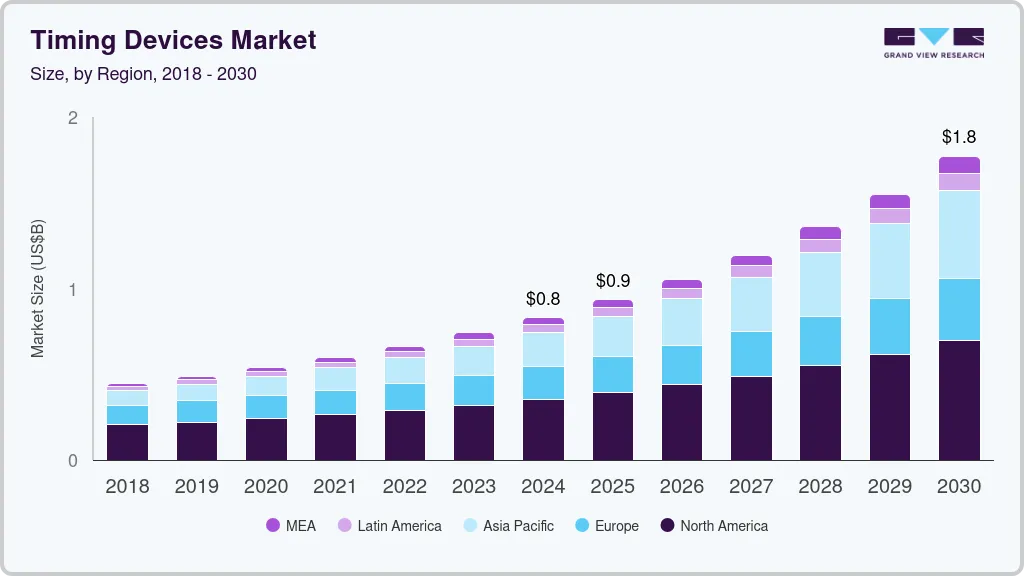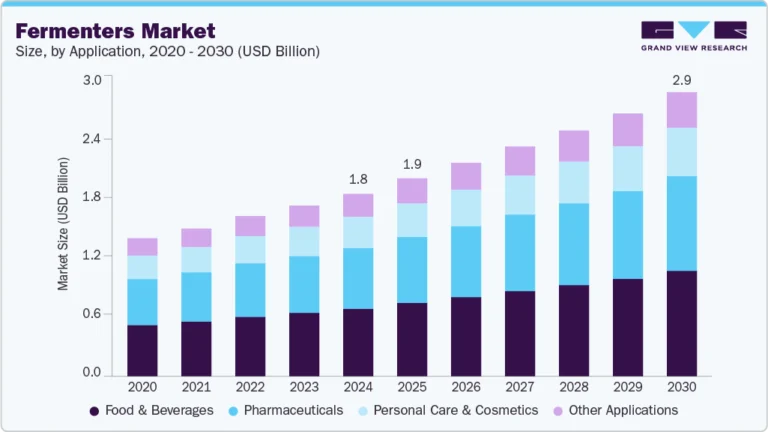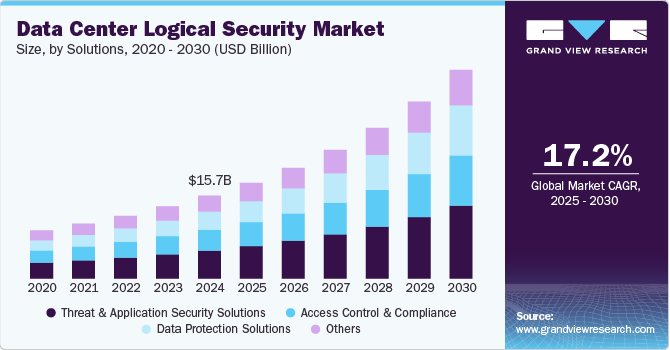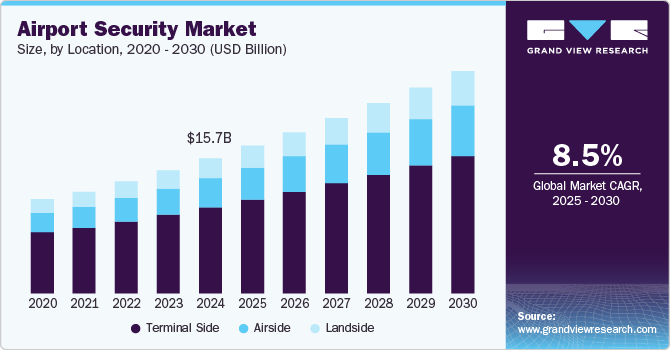Timing Devices Market Size, Share & Trends Analysis growing at a CAGR of 7.3% from 2024 to 2030

The global timing devices market size was estimated at USD 5.85 billion in 2023 and is projected to reach USD 9.68 billion by 2030, growing at a CAGR of 7.3% from 2024 to 2030. The demand for precise timing devices is driven by the proliferation of consumer electronics, advancements in automotive technologies, and the expansion of 5G networks.
Key Market Trends & Insights
- North America timing devices market represented a significant share of over 42% in 2023
- By type, the oscillators segment led the market and accounted for over 25% of the global revenue in 2023.
- By material, the crystal segment led the market in 2023 due to the wide usage of quartz crystals in electronic devices for precise timing and frequency control.
- By vertical, the consumer electronics segment accounted for the largest market revenue share in 2023
Market Size & Forecast
- 2023 Market Size: USD 5.85 Billion
- 2030 Projected Market Size: USD 9.68 Billion
- CAGR (2024-2030):7.3%
- North America: Largest market in 2023
Request a free sample copy or view report summary: https://www.grandviewresearch.com/industry-analysis/timing-devices-market-report/request/rs1
Additionally, the rise of Industry 4.0 and increasing automation in industrial sectors, along with the emergence of IoT devices in various sectors, are boosting market growth. These applications require accurate timing solutions for synchronization, clocking, and frequency control, contributing to the market’s expansion.
Technological innovations, such as high-performance MEMS-based timing devices, are enhancing efficiency and broadening the scope of applications for timing technology. The growth of data centers, driven by cloud computing, requires precise timing solutions for managing data transfer and synchronization. Additionally, aerospace and defense sectors are driving demand for high-precision timing devices essential for navigation, communication, and surveillance. The healthcare industry also relies on accurate timing for medical devices and equipment, emphasizing the critical role of timing devices in diagnostics and treatment.
The rise of smart grids is fostering the adoption of advanced timing solutions for synchronization and control within integrated electricity networks. Energy-efficient timing devices are gaining importance as industries focus on reducing carbon footprints and enhancing energy efficiency. Globalization and supply chain integration further increase the need for precise timing solutions to improve coordination and performance. Similarly, smart manufacturing, leveraging technologies such as IoT and AI, relies on accurate timing for process automation and real-time monitoring.
Type Insights
The oscillators segment led the market and accounted for over 25% of the global revenue in 2023 due to their essential role in generating precise frequency signals across various electronic devices and systems. The growing demand for high-precision timing, driven by advancements in technology and the expansion of communication networks such as 5G, has further boosted the need for oscillators. Innovations such as MEMS oscillators have enhanced their reliability and cost-effectiveness, contributing to their widespread use in automotive, aerospace, industrial automation, and IoT applications. Their ability to provide consistent performance in diverse conditions emphasizes their importance in modern technology.
The atomic clocks segment within the market is experiencing significant growth, due to their unparalleled precision and accuracy, essential for satellite navigation systems, scientific research, and telecommunications. As satellite-based navigation systems such as GPS and Galileo expand, atomic clocks are vital for synchronizing satellite constellations and ensuring reliable positioning. Advances in atomic clock technology, including miniaturization and innovations such as optical lattice clocks, are driving their increased adoption in various sectors. These clocks are vital for precision timekeeping in finance, defense, and aerospace, as well as necessary infrastructure such as power grids and transportation networks. Moreover, the rising demand for quantum technologies boosts the need for atomic clocks.





